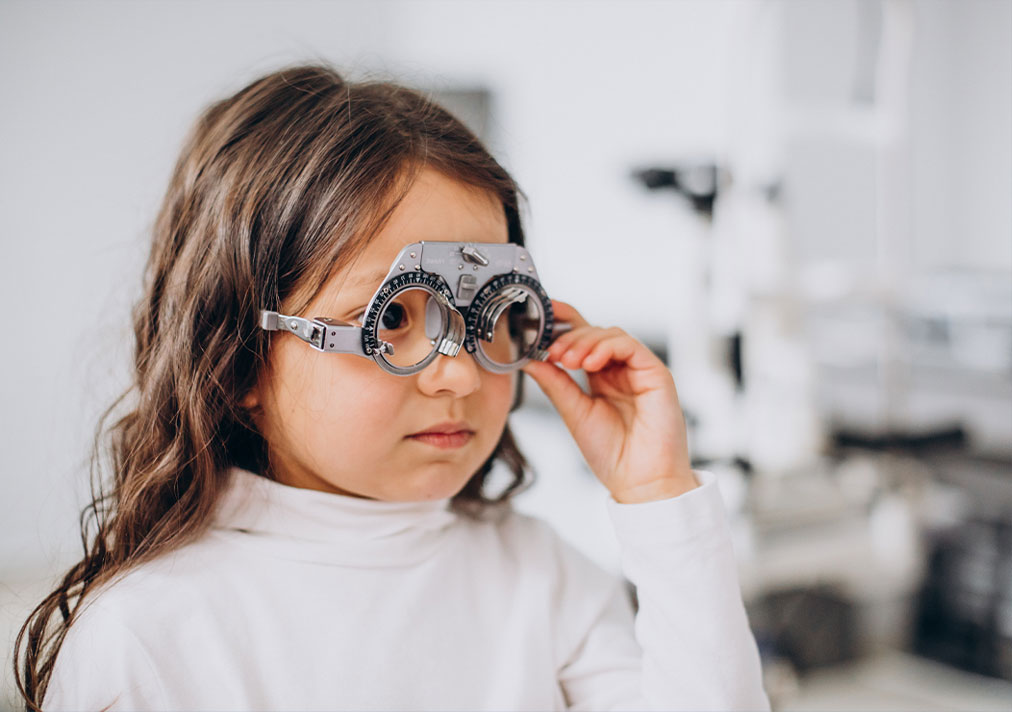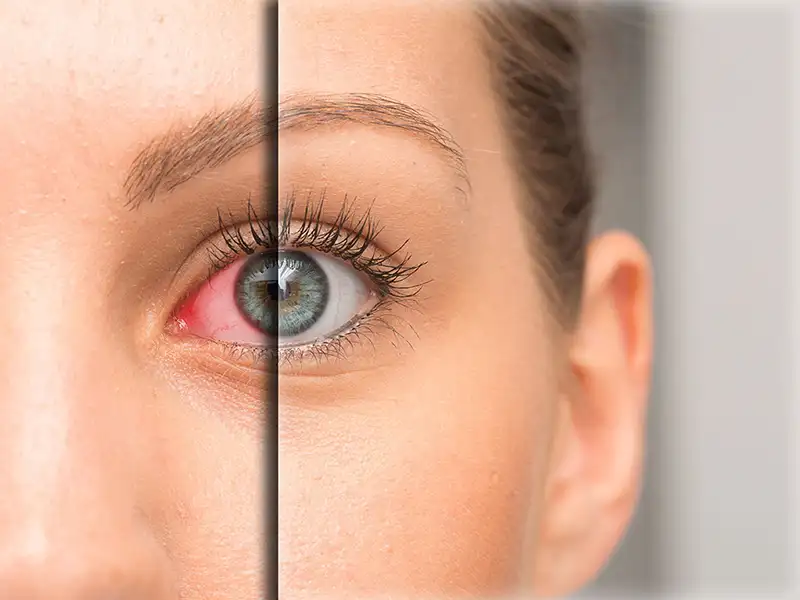Introduction:
In a world filled with screens, air conditioning, and pollution, it’s no wonder that many of us find ourselves blinking a little too often, reaching for eye drops, and rubbing tired, dry eyes. Dry eye syndrome has become an increasingly common complaint, affecting millions of people worldwide. But what exactly is dry eye, and how can we find relief from this discomfort? Let’s delve into the world of dry eye and explore some strategies to keep our eyes feeling refreshed and rejuvenated.
The Eyes: Windows to the Soul
Our eyes are miraculous organs, allowing us to see and interpret the beauty of the world around us. But like any finely tuned machine, they require proper care and maintenance to function optimally. The tear film, a thin layer of moisture covering the surface of the eye, plays a crucial role in keeping our eyes lubricated and protected. It consists of three layers: oil, water, and mucus, each contributing to the overall stability and comfort of the eye.
Understanding Dry Eye Syndrome
Dry eye syndrome occurs when there is an imbalance in the tear film, leading to insufficient lubrication and moisture on the eye’s surface. This can result in a range of uncomfortable symptoms, including:
Persistent dryness
Grittiness or a feeling of sand in the eyes
Redness and irritation
Blurred vision
Sensitivity to light
Factors contributing to dry eye syndrome are diverse, ranging from environmental conditions such as dry air and pollution to lifestyle factors like excessive screen time and certain medications. Additionally, age, hormonal changes, and underlying health conditions can also play a role in the development of dry eye.
Finding Relief: Tips for Soothing Dry Eyes
Fortunately, there are several strategies you can employ to alleviate dry eye symptoms and promote ocular comfort:
Stay Hydrated:
Drinking plenty of water helps maintain overall hydration levels, including those of the eyes.
Take Breaks from Screens: Prolonged screen time can exacerbate dry eye symptoms. Remember to take regular breaks and blink consciously to keep your eyes lubricated.
Use a Humidifier:
Adding moisture to the air with a humidifier can help alleviate dryness, especially in environments with dry indoor air.
Follow the 20-20-20 Rule:
Every 20 minutes, take a 20-second break to look at something 20 feet away. This simple practice can help reduce eye strain and dryness.
Wear Sunglasses:
Protecting your eyes from UV rays and wind can help minimize dry eye symptoms, especially when outdoors.
Consider Eye Drops:
Over-the-counter artificial tears can provide temporary relief from dryness and irritation. Look for preservative-free options for frequent use.
Maintain a Balanced Diet:
Foods rich in omega-3 fatty acids, such as salmon, flaxseeds, and walnuts, may help support eye health and reduce inflammation associated with dry eye.
Consult an Eye Care Professional:
If dry eye symptoms persist or worsen, it’s essential to seek guidance from an optometrist or ophthalmologist. They can provide personalized recommendations and treatment options tailored to your specific needs.
Embracing Eye Health
In a fast-paced world filled with constant stimuli, it’s easy to overlook the importance of eye health. However, by prioritizing self-care and adopting simple habits to support ocular well-being, we can safeguard our vision and enjoy clearer, more comfortable eyesight for years to come.
Conclusion:
Dry eye syndrome is a common yet manageable condition that can significantly impact daily comfort and quality of life. By understanding its underlying causes and implementing targeted strategies for relief, we can take proactive steps to nurture our precious sense of sight. So, let’s commit to giving our eyes the care and attention they deserve, ensuring that they continue to serve as our windows to the world for years to come.




